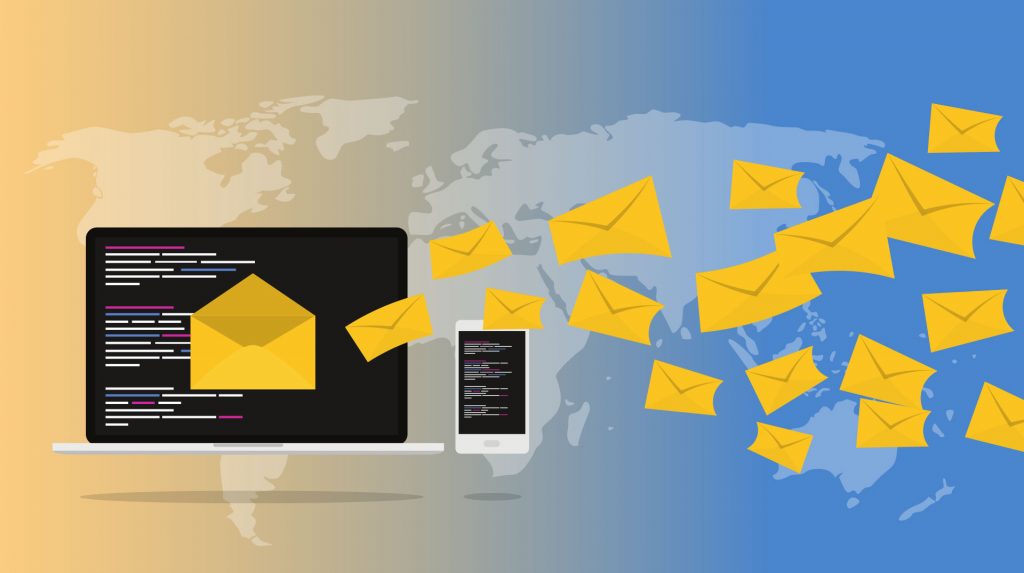Good leaders must be effective communicators—and most professionals spend a quarter of their workday on email alone. Learn how you can draft messages that make things happen.

By Jesse Miller

Imagine you are a leader at a company in a world where everyone can communicate through telepathy, transmitting thoughts directly from one head to another. When you go to work, you think about what needs to get done, and instantly everyone on your team knows exactly what needs to happen and gets started. As the project gets underway, you know exactly how things are progressing at each point in the process.
But one day, you arrive at the office and something is off. Your telepathy isn’t working. You know what needs to happen, but nobody else can read your thoughts. And you no longer have a way to instantly access what the rest of the team is doing.
For better or worse, this non-telepathic world is the one we live in. And this means if we want to accomplish tasks that involve more people than just ourselves, tasks that require us to lead teams to collaborate together to reach a larger goal, then we need to be effective communicators.
Effective communication means conveying messages to others and having them received and understood so that we can make things happen. And it means being able to listen to the communications of our team members so that we know what is happening across the organization and can intervene or change tack as necessary.
In most workplaces today, email is the primary mode for sending and receiving such messages. In 2021, approximately 320 billion emails were sent each day (for scale, note that the current world population is 7.7 billion). Consequently, the average professional spends 28% of their time at work writing and responding to emails. In the midst of this deluge of emails, how can the non-telepathic leader today write them efficiently while increasing the likelihood that their message will get a response and make things happen?
Use a specific subject line
The subject line is the first thing a reader sees, and it’s how they decide whether to open your email or set it aside. It should provide a brief but specific description of what the email is about.
Get to the point
Don’t make your reader struggle to determine why they are receiving this email. Explain your purpose behind sending the email in your first sentence, so your reader knows why they are receiving the email and what to focus on.
Provide an explanation
If you are writing about a change or asking someone to do something, be sure to explain the reason why. In particular, readers are more likely to have a positive response if you explain how they will benefit or be affected by the change or action.
End with a call to action
Readers are much more likely to respond to your email if you tell them what to do next. Is there something that needs to be done? A question that needs to be answered? By when?
Be brief
The longer your email, the more likely your reader will skim through, missing essential details. Stay focused and don’t say more than you need to. Instead of writing one long email that discusses multiple topics, write two short emails.
Pick up the phone
If all else fails, follow up on your email with a phone call or schedule a virtual or in-person meeting. Sometimes it helps to speak with someone directly.
Jesse Miller, PhD, is a clinical assistant professor of organization and human resources in the University at Buffalo School of Management. With a master’s and doctorate in English literature, Miller teaches writing and communication literacy for business.
